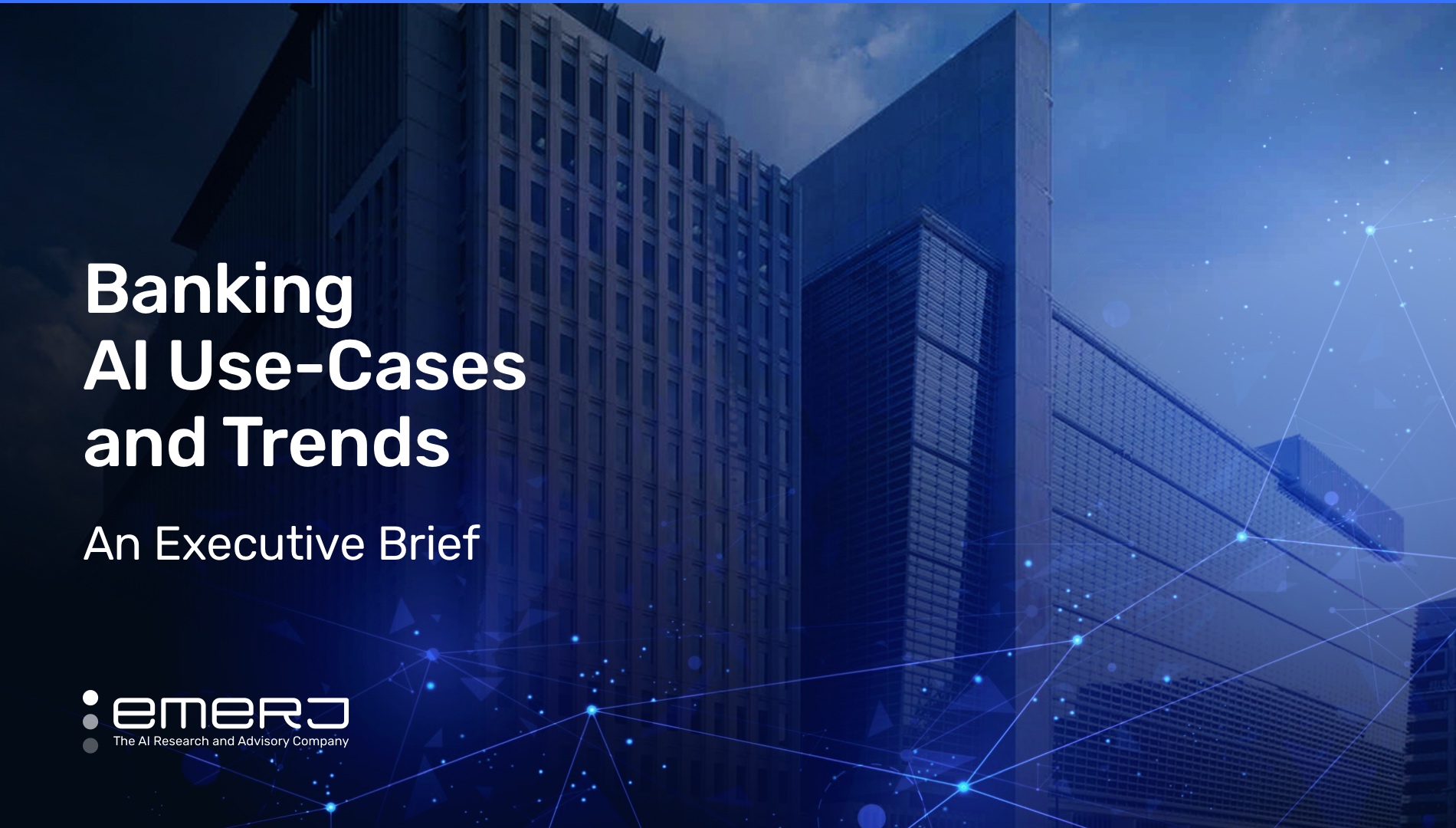Building an Effective AI Team in Financial Services – with Lori Cenci of HSBC
AI is revolutionizing how companies conduct operations, serve customers, and manage risks – driving a USD 20 Billion investment in AI capabilities among BFSI firms last year. As AI continues to transform the industry, financial services organizations will seek to build effective AI teams to stay ahead of the competition.
However, creating an AI team requires significant time, resources, and expertise. Substantial changes and shifts are necessary to scale AI within financial services organizations, like moving away from siloed work to collaboration and from a rigid working environment to an agile and experimental environment.
Emerj CEO and Head of Research Daniel Faggella recently spoke with Dr. Lori Cenci- Lecturer of Applied Analytics at Columbia University School of Professional Studies and HSBC Unauthorized Trade Surveillance Lead to explore her experience in best practices for recruiting and hiring for AI adoption projects in a financial services context.
In the following analysis of their conversation, we examine two key insights on how to build effective AI teams:
- Building analytics-based cultures: Reviewing organizational structure and making non-siloed, agile, and fluid teams to integrate data that make AI adoption initiatives successful
- Integrating risk into dashboards: Providing enough context so data signaling urgent business problems doesn’t always require management’s attention.
Listen to the full episode below:
Guest: Dr. Lori Cenci, Lecturer of Applied Analytics at Columbia University School of Professional Studies and HSBC Unauthorized Trade Surveillance Lead
Expertise: Applied Analytics, decision analytics and employee intelligence analytics
Brief Recognition: Dr. Lori Cenci is passionate about decision-making in organizational contexts. She has extensive decision analytics experience in global banking and financial markets trading, investment management, strategy, compliance, and, most recently, financial crime surveillance.
Building Analytics-Based Cultures
Dr. Cenci begins by describing to Emerj’s audience how to build a culture that will allow AI projects to succeed and potentially add value.
She emphasizes two significant points for how organizations should shape their operations:
- Focus on making operations vertically and laterally fluid so that the information, data creation and analytics flow smoothly.
- Adopt agile frameworks for their operations. Businesses need to have good questions making sure that the data is available not only where the work is being done but also for the other parts of the organization.
Lori also shares that many organizations sit on top of enormous unused data assets primarily because the business function is siloed. She suggests that to benefit from the vast data sources, they must integrate the operational piece of business to become fluid. She accepts doing so is incredibly challenging but insists that it is achievable.
A third factor that Dr. Cenci claims adds to the growth of AI in the company is how the organizational structure is built. She insists that current norms surrounding how business leaders define roles, IT teams, and analytics development must change. She believes the best results come from an organization with the shortest distance between the experts and those conducting the analytics.
The fourth factor she says the organization needs to focus on is the quality of projects and analytics. To succeed is not just to chase the deadlines but do it where everyone is involved from the team and the analysis is curated.
Lori says seeing people working in silos has become common, but we need more collaborative teams. Sharing an example from her experience, she claims she once received a message that someone from the offshore team had developed an analytic dashboard for her – but the black box problems soon became overwhelming. She found herself asking, “What is this analysis trying to solve?”
A lesson Dr. Cenci derived from the experience is that, sometimes, the stakeholders may need to be more technical. In turn, technical experts may not be the experts in the specific space stakeholders need clarification.
Traditionally the interactions between the two were like requirement collection and delivery. But today, we need an interactive understanding of the problem. According to Dr. Cenci, open communication becomes another factor for the success of AI in the organization.
Lastly, Lori recommends that business leaders start questioning developments and ask ‘so what?’ regarding what value they bring to the business. To build more meaningfully skeptical teams, Lori recommends organizations foster environments with heterogeneous teams where the data scientists, DevOps and project manager are comfortable discussing what they are building.
Integrating Risk Into Dashboards
Lori further talks about measuring the impact of dashboards and analysis on the business. When organizations are trying to solve a problem, it should not just be about how much costs get saved, but we need to look at the other factors that fit into the big picture.
Dr. Cenci tells Emerj she sees many dead dashboards that could be more useful for the business. She feels now that the dashboards are readily available, we have lost sight of how they were made and leaders often mistake the reasons for creating a dashboard in the first place. She suggests the business think about what decision they are trying to make and what metrics contribute to that decision.
She makes the case to Emerj CEO Daniel Faggella that business leaders need to focus more on integrating data streams within their organizations. She feels financial services firms, particularly, have measurements to assess risk, but operational areas like surveillance or compliance still have the opportunity to do so.
If business leaders are seeing four incidents signifying elevated insider risk, Dr. Cenci insists they need to ask themselves: Is the first incident truly comparable to the rest from a data classification standpoint?
To address these challenges, she recommends that financial services leaders form their business strategies in tandem with data collection. Often these take a more intellectual understanding of organizational goals than more straightforward, numbers-driven approaches to ROI.
Without being able to rely on such tangible, “black and white” results, Dr. Cenci recommends business leaders instead focus more on assessing risk. She agrees that the organizations are under pressure to report the operational metrics – where often “black and white” approaches take hold – but they must find a way to find balance.
Businesses are shifting to a more responsive space where measuring activities is not just inputs and outputs but having different perspectives. Leaders must ask if the status quo is the right way to measure the true KPIs that underscore business operations and use the answers to expedite systems that realize true ROI.







